A few months back I stumbled across a game that was being spoken of in the same breath with Voyage of the B.S.M Pandora, an old magazine game from a couple of decades back that left quite an impression on me when I played it. It left so much of an impression that I looked to this new second game, Where Humans Don’t Belong and gave it the benefit of the doubt. It is like having your name mentioned in the same breath with Willie Mays. Even if they’re saying “he ain’t no Willie Mays” you take it as a win. Just that someone thought to compare you puts you in very rare company, and the best thing you can do is let them speak. There’s no sense interrupting.
So when I looked this game up (credit card in hand) I discovered that not only was it not completed, but that it was, like REALLY not completed. This was a work well in progress by a designer with a couple of published games under his belt already. But what I was seeing was an unfinished product well ahead of its completion date, and that immediately intrigued me. It intrigued me so much that I reached out to the designer to ask what on Earth they were doing, and how it was all going to happen. What follows is an exchange of emails with the guy in the pilot seat, grinding through the process on a game that’s in the mold of old school “Pandora” but due to land in a very hectic, very busy modern game market.
I never intend this kind of thing to be a sales and marketing exercise, but once the designer Mark Chaplin agreed to speak with me the first question was pretty obvious:
Sag – Alright, what's the elevator pitch?
Mark -- Where Humans Don't Belong is primarily a single-player game about space exploration. You are trying to find your way back to Earth, while being hunted by an almost-indestructible alien warship. You must find resources, collect scientific knowledge, and repair and improve your starship. There are many hostiles to fight, and many non-combat ways to overcome threats. And there are numerous strange and perilous planets to explore.
There is also a two-player cooperative mode. Each player has a different position onboard ship: captain and commander. Decisions are made during your "watch". You relinquish command when certain conditions are met - roughly every few minutes.
Sag – And what vibe are you looking for?
Mark -- It's like a horror version of Star Trek Voyager that plays in about an hour or less. Imagine Janeway's ship enters the ALIEN, Sunshine, or Event Horizon universes, though the tone is not all grimdark. I think a variation in encounters keeps things interesting and can provide a strong contrast when things get nasty.

Sag -- Is Where Humans Don't Belong similar to Voyage of the B.S.M. Pandora (a magazine game from 1981 that I admire very much)?
Mark -- In many ways, yes. They share a love for the same inspirations, and deal with the same subject matter: deep space exploration in an unforgiving alien galaxy. I've included a thanks to John H. Butterfield (designer of Pandora) in the rulebook. Some of the elements that are quite similar between the games: like the use of shuttles and rovers (not just your main starship). It is just a product of exploring the same subject matter.
That all said, Butterfield’s excellent game was not the springboard inspiration that got this game fired up in my mind. That motivating force was Ridley Scott's film, Prometheus. I'm no fan of that movie, but the promise of it -- a scientific expedition where things go very wrong, and bad things are out to murder you, well, that was the inspiration. Also Star Trek, Forbidden Planet, 2001: A Space Odyssey, Space 1999, Blake's 7, Lost in Space, and everything else you can think of that features a search in space.
In my game, your starship is equipped with an underside garage and shuttle bay, and holds many extra vehicles. These vehicles are destructible, and if you lose them all, some exploration alternatives will no longer be available.
My game is tough - just like Voyage of the Pandora. While that game has you collect VPs to win and track your progress, Where Humans Don't Belong is more narrative driven. During your adventure you collect scientific data and stargate navigational information that will help you unlock your way home, but there is an actual end encounter to overcome: a three-tiered showdown (much like a Star Wars film ending). You know how in Return of the Jedi, there's a huge space battle raging, while a race to shutdown a shield reactor is inter-cut with a close combat between Luke, Vader and the Emperor? Well, that's comparable to my new game. To complete the game you will need mastery of multiple disciplines, and some luck.
Sag -- What is this game bringing that current games are not?
Mark -- Scope is the first thing that comes to mind!
Starting with picking your bridge crew (and their roles onboard) and equipment, and the name and stats of your starship, you personalize the mission. Then you pick which sectors you will travel to (sublight fuel is scarce, though you can synthesize it) and what planets or moons you will land on. You can send out exploratory shuttles. You can mount a foot expedition, or use tracked rovers.
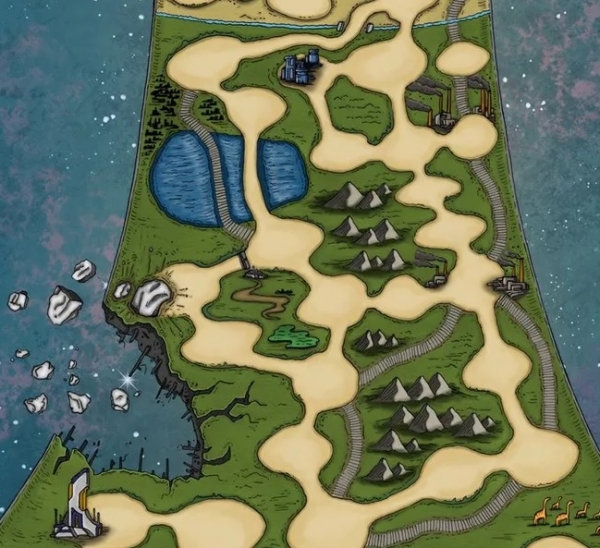
On the planets and ringworlds you land on, some are represented by short text descriptions, but many are illustrated with huge maps. The same for space stations and derelict starships you dock with. They are wonderfully painted in fantastic detail like no game I've ever seen.
Pandora had some hex maps - Where Humans Don't Belong has fully realized maps. Each has multiple ways to complete, and all feature a unique spin on the game systems. Most starships have optional points of entry for your vac-suited team, and all planets have multiple possible landing zones for your in-atmosphere capable starship. Even if you discover the same derelict on two separate play-throughs (very unlikely), your progress through the ghost ship will play out differently. And unique events will unfold for you to overcome.
We've even mapped your own starship - on this deckplan you may have to repel evil cybernetic boarders; or use your crew to search room-by-room for a newly-born hostile organism...
Sag -- This sounds to me like you've lined up a few thousand hours of work for yourself on this? I've seen your prototype maps, and they're interesting, but how many are we talking about? Granted, you bill it as an hour-long game so one play isn't going to throw 30 things at you. But I'm very curious about how many maps, how many encounters you've slated to flesh out for the Version 1 box of this game.
Mark -- A thousand hours of work? I have no idea. But I'm not putting out a game a year or even close. To see a big project through to completion you have to keep the brain-forges burning white-hot. Which is why this is a hybrid game. If *I* get bored, the project would never be finished.
Other considerations are important (capital invested, etc), but they are not major drivers, for me.
Maps:
14 Derelict starships 
4 EVA adventures
4 Ringworlds
2 Deckplans of your own starship
4 Space Stations orbiting alien suns
4 Overhead planet-based expeditions
8 Side-view planet-based expeditions
There are 100 unique, double-sided Sector cards - and these are BIG cards. Some sectors have one multi-part encounter (a murder mystery, for instance), but most have multiple short encounters.
There are also 40 Incident tiles . . .
Sag – Whoa, hold on. That "BIG" card comment, you upper-cased it, so I have to ask. Just how big? This web site is the spiritual center of Ameritrash gaming; size matters. (There's a stretch goal joke here but I can't quite get a handle on it.)
Mark -- The plan and prototypes were always A5 sized, but now that the art is coming together with the graphic design, we may move to A4. Possibly some sweet spot between. Whatever works best!
Sag – Fair enough on the upper-case. That’s a BIG card (FYI A5 is 8x6 inches, 20x15cm).
Mark -- One of the organic design considerations has been that because the flipside encounters have been given more space, due to the maps being realised by actual mapmakers (gaining in size in the process), we've more room for side missions. So I've had to design a few more pithy encounters. This is a nice side effect. But it is also mission creep. Ultimately, I'm not printing empty space on a large card!
There are also 40 Incident tiles (in 3 environment types) that have short encounters - these provide another twist to the map experiences.
Sag -- Do they come as a booklet? Setting aside the elevator pitch answer (that I asked for so fair enough), what do you figure for the shipping weight of this critter when it goes out?
Mark -- No booklets - the system wouldn't work in a book, without a complete redesign, and then that would be somebody else's game. Shipping weight? To paraphrase Mr Bull from Peppa Pig: "it'll weigh what it will weigh."
Sag -- So even if you stumble onto the same map as you've been on before, things will play out different ways based on chit pulls, card draws, even how you proceed on a particular card (that flipside part). Is that correct? How many multipliers work into this?
Mark -- Yes, that's correct. The amount of variables depends on the map. Oh, and all of the landing/docking maps also have a random chart printed on the lower right-hand side for certain rooms/locations. Of course, the player may decide not to explore those locations because the risk is too high, but they add (in conjunction with the Incident tiles) an essential unknown component so that you can't solve a map just by looking at it.
The plan for this game is a metric ton of replayability straight out of the box. The Kickstarter will not feature expansions or add-ons or stretch goals. You get it all in one box.
Obviously, if the game is a success, I would love to expand the number of maps, characters, and Incident tiles, but that's a faraway dream! My brain tells me that more content and zero extra rules is absolutely the way to go. Just more stuff, without taking up extra space in the player's memory palace. We've all bought expansions (or designed them!) hoping to just get more cards, etc, and actually got more overhead with those cards.
Sag -- The center of the "hobby gaming" colloquy is that replayability is a must-have. I'll be honest -- for me personally, if you give me a couple of killer sessions the bill is paid in full. But more time on the table is always a good thing.
Mark – I agree. Very refreshing to hear! I'm of the mind that when I buy a videogame, if I get a few good sessions out of it, I'm good. I don't need to finish them all like I did in the 90s. Some games, like Subnautica or Last of Us 2, demand that I finish them, of course.
The same can be true of board games. I bought the new JAWS board game, and I've enjoyed the games we've played, but if it doesn't hit the table again, I'm okay with that. I've painted miniatures for a game (which took me MONTHS) and we've played it only once! I'm sure I'm not the only sad gamer to have done so...
Sag -- How is damage selection in encounters driven? What tells you where the shot landed?
Mark -- For starship battles, there's an explosion chart on the control board. But if you have a certain technology, then you will pick the location.
In essence, the game is always asking different things of you. You will never be bored, or have to do the same task repeatedly. In combat situations, nearly all have a wrinkle that mixes the encounter up, making you think. Starship battles and ground combat are handled differently to tight conflicts on abandoned freighters. I wanted a game where all fights were deadly, but quick and memorable with narrative beats. In space battles, I want to know if there is an explosion, or a fusion thruster was just blown off. In a fight on a rugged planet surface with fusion pistols, I want to lay down suppressing fire while my warrior-android outflanks the cannibal survivors of a crashed starliner.

Sag – So now to the important questions. Who's sitting down to play this, and what's in the glass sitting beside them?
Mark -- Where Humans Don't Belong isn't a complicated game, and encounter-specific rules are printed on the maps or sector cards. It uses a simple system that I've stretched in every conceivable way to keep things fresh. Anyone who loves sci-fi should get a kick out of this. There's enough die-rolling to help keep drama high, but also enough resource management to help mitigate bad luck and poor decision-making. The art is graphic-novel-adjacent, I'll call it. It looks amazing.
Sag -- So let's talk about that simple system. What is the basic running gear of a turn? How do you move, how do you explore, how do you encounter? Are encounter-specific rules modifications on a core concept, or unique to the encounter? I'll be honest, I think both offer interesting options for design, but I don't want to give away which intrigues me more until I hear your response.
Mark -- Let's keep some secrets!
Sag – No.
Mark -- You move your starship from location to location on a sector of space you have chosen to explore. This will entail using fuel, collecting resources, and/or checking against the handling of your starship, or how well its systems hold up to hazardous atmospheres. Some locations will trigger the flipside encounters, others may trigger a one-off exploration chit containing good things (drifting cargo pods, comets, and whatnot) or bad things (navigational errors, engine malfunctions, or what have you). There's also the pressure of being hunted by an alien battlecruiser. If you spend too long in one area, it will eventually find you. This is not desirable - you are totally outmatched. You need to keep moving.
Regarding encounter-specific rules, some encounters are unique, and no other part of the game plays exactly that way. Some gamers might describe these map-driven scenarios as mini-games. I want players to be forever on their toes. Pandora had some generic hex maps - this is all handcrafted and bespoke.
Your crew are always innovating, and as the game develops, new tech is available, opening up cool ways to overcome previously rock-hard encounters - so you always feel like you're making progress, or have access to a new piece of gear that shakes things up significantly. Do you want to develop a combat-mech, a Zen supercomputer, or luxury cabins? You make the decisions, captain! And if you want to use an all-female crew, go ahead. It's your mission.

 Sag – And that drink order sir?
Sag – And that drink order sir?
Mark – I recommend a White Russian (Kahlua and milk) for your beverage - dyed blue!
Where Humans Don’t Belong is due to debut on Kickstarter in 2021. At the end of our conversation I confessed to Mark that I’m not the biggest fan of Kickstarter, largely because of its promises-first-deliveries-second approach to project development, and its more-is-better outlook on design. Mark’s reply was remarkably well aligned with my opinion. But his reason for using it – “there’s only so many ways to get a game like this to market” -- is sound. This is the kind of game that doesn’t get forty year old men squealing about the figurines, the kind of game that is unlikely to get a budget in a more traditional publishing channel. Given his estimate of 100 A5 cards in the box and it's possible that it outweighs those mini-laden packages anyway. It sounds like this is going to appeal to a specific kind of audience.
And in a lot of ways it sounds like the kind of thing that Kickstarter originally had as its target enterprise. He continued – “My roadmap is to be up and running the no-FOMO campaign within 6 months, but the artists and mapwork are taking much longer than anticipated. In some ways this has proved beneficial to the project, as it gives you more time to finesse and playtest.”
But I think the more revealing part of his reply was this, tacked onto the end – “This is such a large project, that taking things cautiously is probably wise. I could have launched already, but with all the graphics work that is still being finalised, I believe it's better to complete that aspect before the campaign start, rather than after. When crowdfunded money is on the table, the clock's ticking is very loud.”
That part about the clock ticking is an aspect of Kickstarter that I had not considered when looking at it from the purchasers perspective. The time pressure KS places upon the vendor to get the product out, ready or not, is not insignificant. Could it be that Kickstarter isn’t making people on either side of the transaction happy? That’s one hell of a question, but well beyond the scope of this article. But as it stands this will likely be the first thing I’ve kickstarted since 2015. This is a unique enough package that, in spite of limited information on how it plays, I think I’ll give it a shot. Though a challenging build, it's an interesting return to a classic gaming construct.
 Games
Games How to resolve AdBlock issue?
How to resolve AdBlock issue? 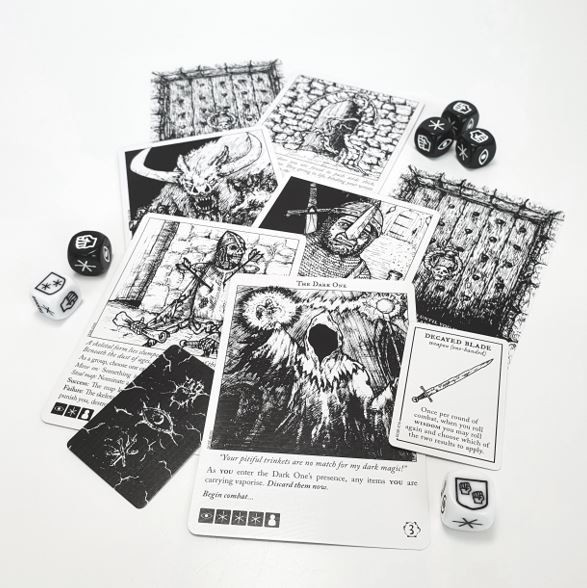
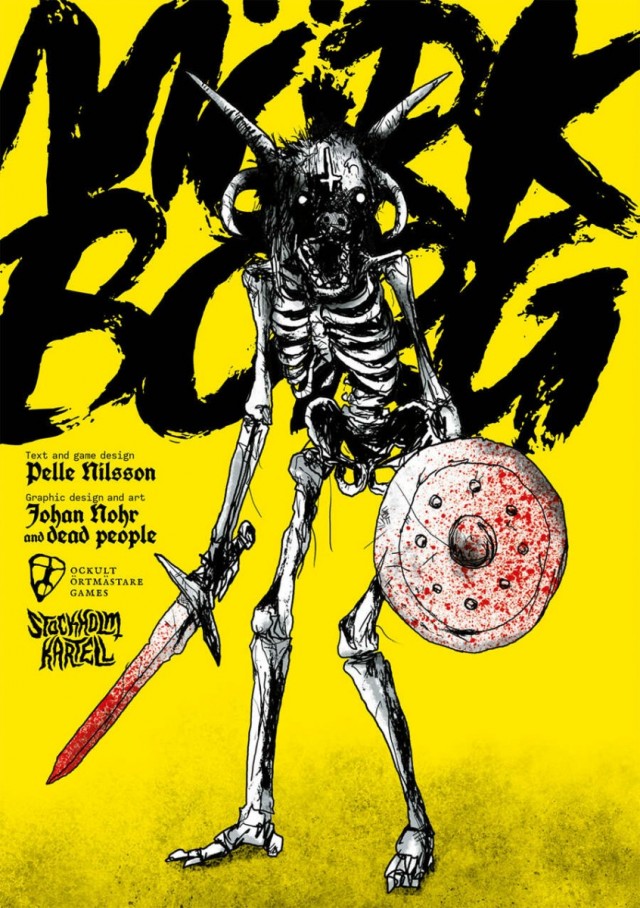
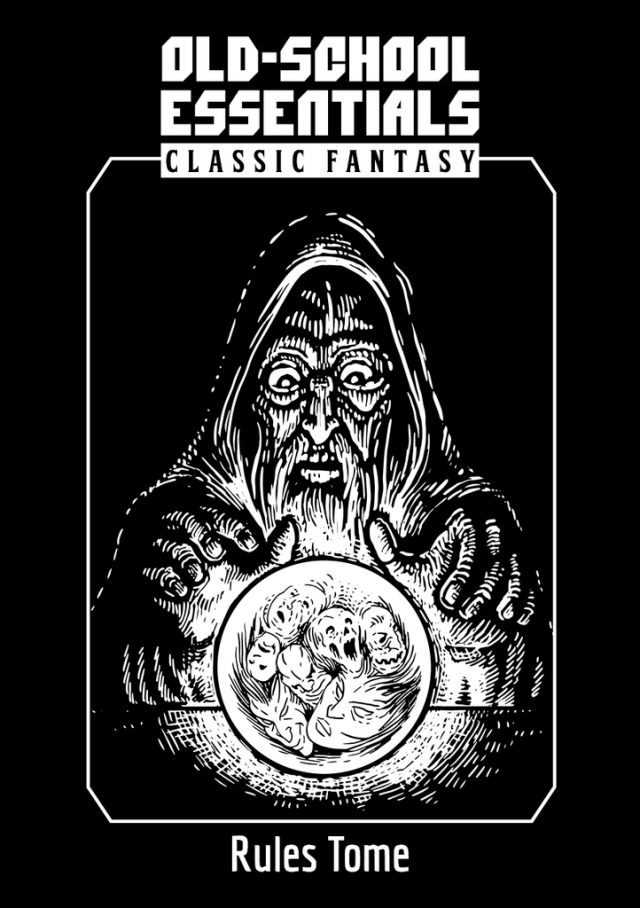
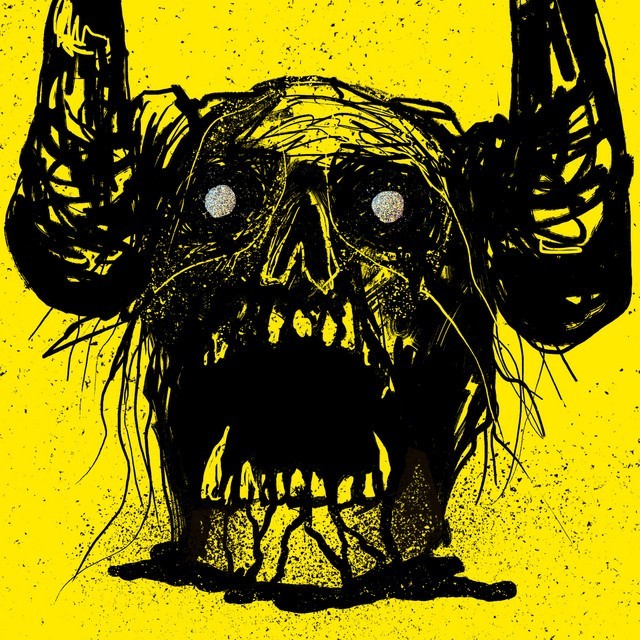

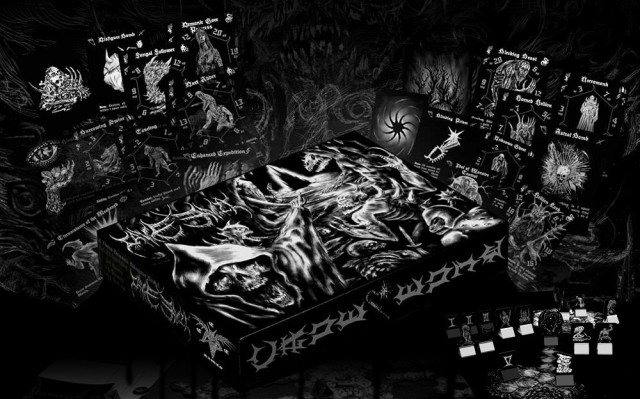


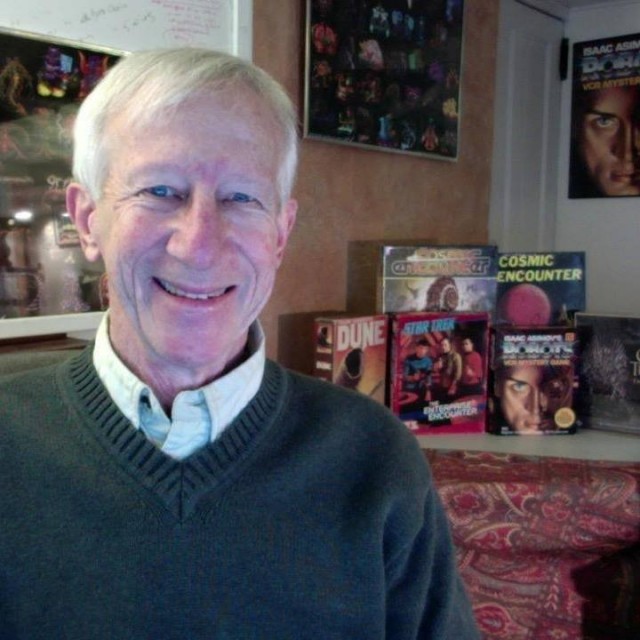
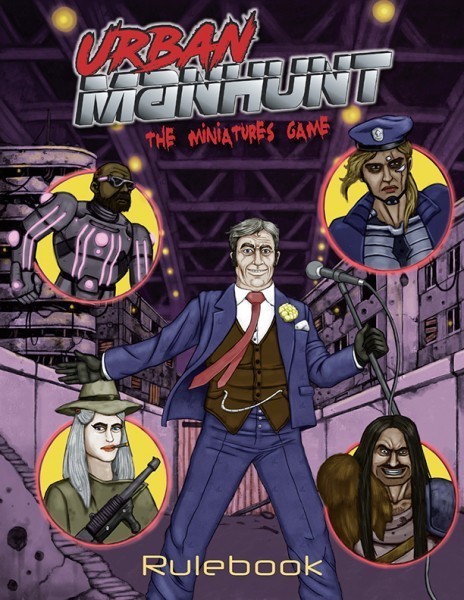

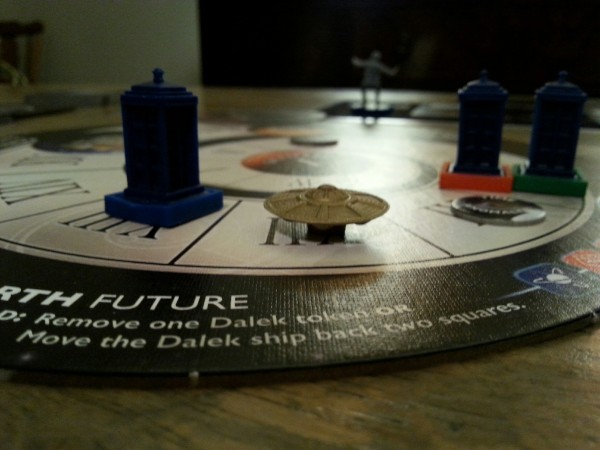
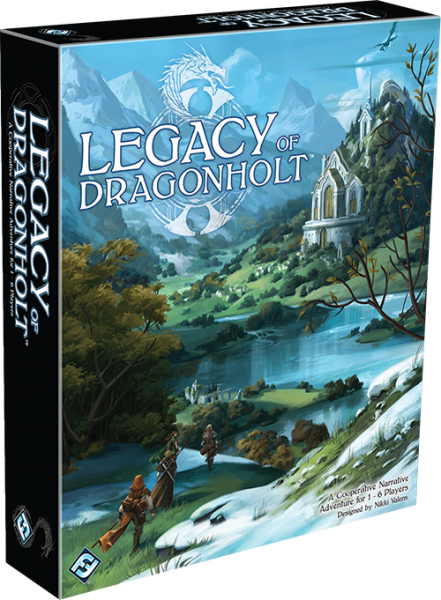
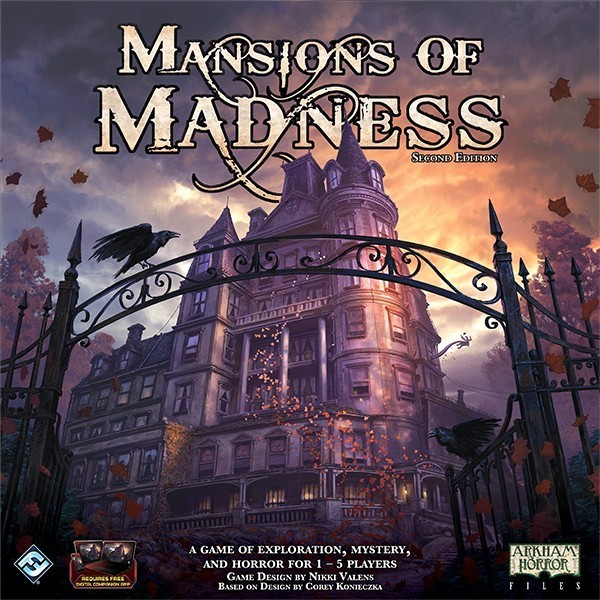
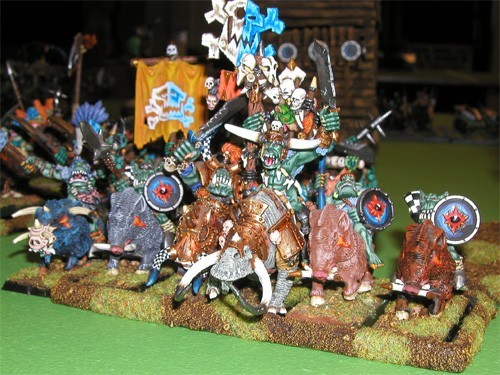
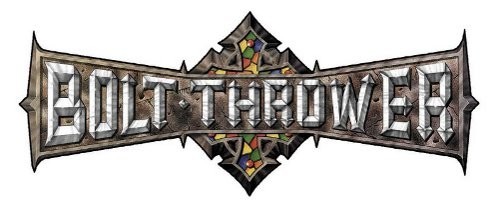











:strip_icc()/pic6870165.png)

